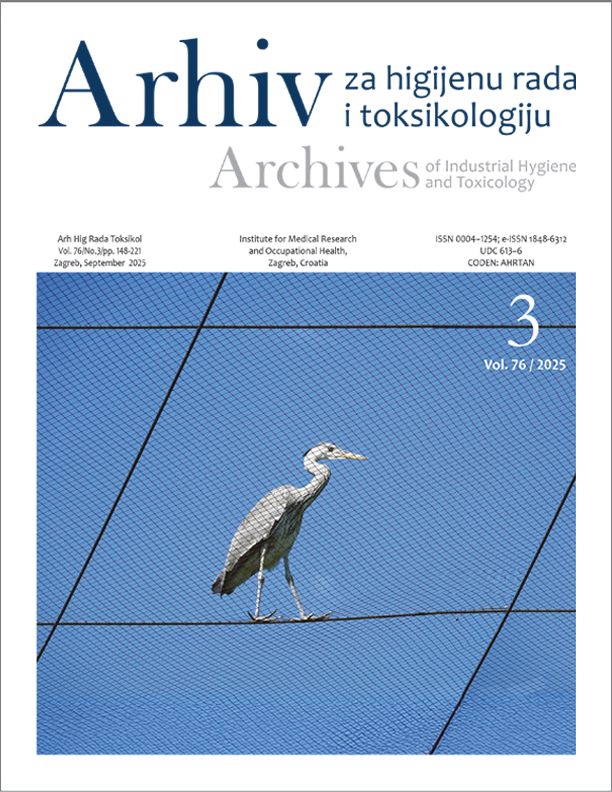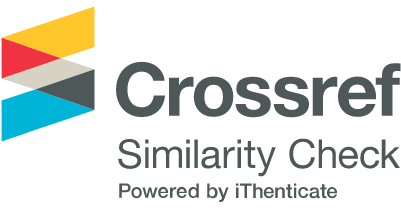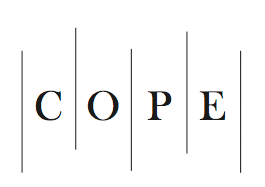Mathematical models for predicting the toxicity of micropollutant mixtures in water
DOI:
https://doi.org/10.2478/aiht-2025-76-3976Keywords:
additive model, aquatic organisms, independent action model, machine learning method, pesticides, PFAS, pharmaceuticals, QSARAbstract
Water pollution caused by micropollutants has been a global issue for decades, prompting the scientific community and industry professionals to develop new and effective wastewater treatment methods. Understanding the interactions of these compounds in real water samples is particularly challenging, as they contain complex mixtures that may alter the mechanism of action and toxic effects of these compounds on aquatic organisms. To address such challenges, computational methods and mathematical models have been developed to complement experimental research and predict the toxicity of micropollutant mixtures in water. This narrative review summarises current literature on such mathematical models, including the concentration addition (CA), independent action model (IA), and their combinations to predict the toxicity of mixtures involving pharmaceuticals, pesticides, and perfluorinated compounds. We also discuss computational methods like quantitative structure-activity relationship (QSAR) modelling and machine learning (ML). While the CA and IA models provide basic frameworks for predicting toxicity in chemical mixtures, their practical application is often limited by the assumption of additivity and by the complexity of real water mixtures. QSAR and ML approaches, though promising, face challenges such as limited data availability, overfitting, and difficult interpretation. Future research should focus on enhancing model robustness, incorporating mechanistic data, and developing hybrid approaches that integrate experimental and computational methods to improve the reliability of toxicity predictions for complex environmental mixtures.
Downloads
Published
Issue
Section
License
Copyright (c) 2025 Josipa Papac Zjačić, Hrvoje Kušić, Ana Lončarić Božić

This work is licensed under a Creative Commons Attribution 4.0 International License.














